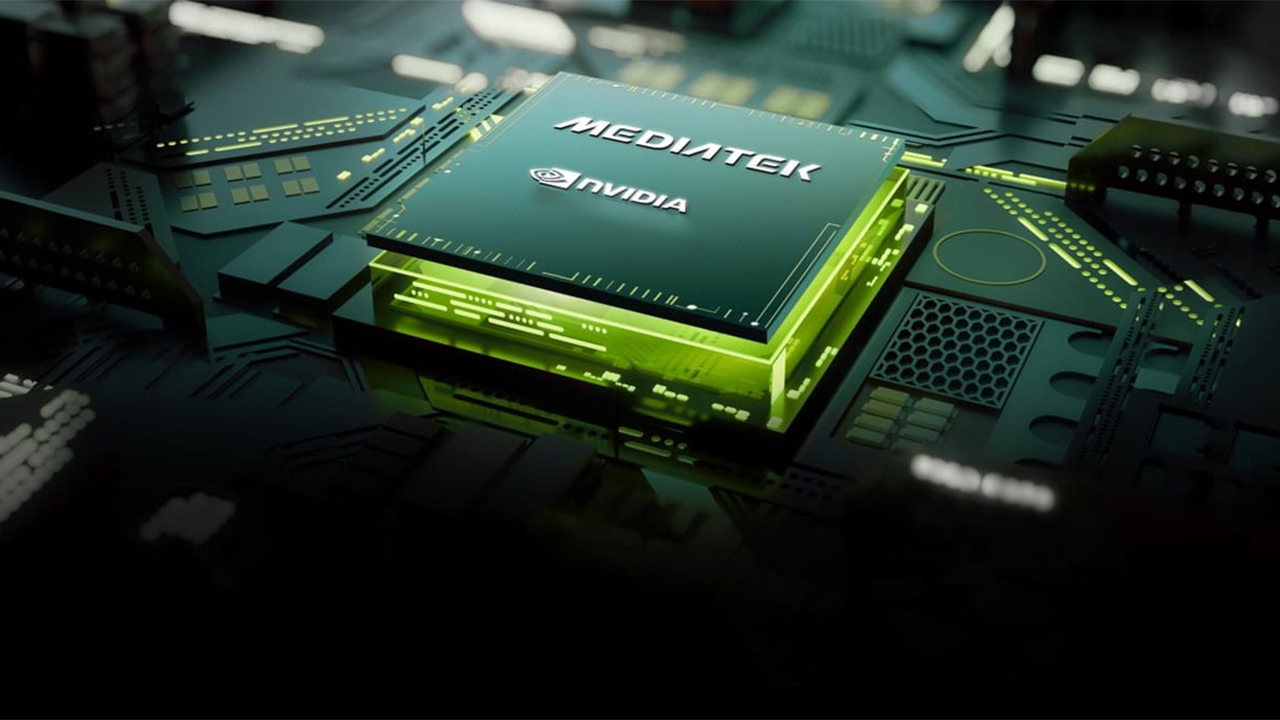MediaTek and Nvidia have reportedly pushed back the launch of their much-anticipated N1X AI PC platform to the first quarter of 2026,according to a new DigiTimes reportciting supply chain sources. The latest reasons given contrast with anearlier report,which still informed us of the delay, but attributed it to critical hardware defects requiring a silicon respin. While chip revisions at Nvidia are still part of this latest story, the new information points toward a broader set of factors, includingMicrosoft’s slower-than-expected OS roadmap and weakening demand across the notebook market.
The N1X platform, originally believed to be scheduled for Q3 2025 with both consumer and commercial models,never materialized at Computexearlier this year, fueling speculation about its readiness. DigiTimes now reports that MediaTek and Nvidia are prioritizingenterprise-class systems for the initial rollout, banking on stronger commercial adoption before expanding into the volatile consumer segment.

The N1X processor has previously been tipped to deliver 180–200 TOPS of AI compute performance and would mark MediaTek’s most ambitious entry into the PC space, backed by Nvidia’s AI expertise. Major OEMs and ODMs, includingDell, HP, Lenovo, Asus, MSI, and Compal, are reportedly preparing notebook and desktop designs for the platform. This is another area whereIntel underestimated the competitionway back, and now Nvidia appears to be gunning for this territory, rivaling not only Intel and AMD but also Qualcomm.
Moreover, DigiTimes' report also offers a glimpse intoNvidia and MediaTek’s expanding collaboration. Beyond PCs, the two companies are said to be advancing joint efforts in automotive AI via MediaTek’s Dimensity Auto platform, as well as edge AI development with Nvidia’s TAO toolkit and MediaTek’s NeuroPilot SDK. Digitimes says the companies have also co-developed the DGX Spark personal AI supercomputer and are key partners in Nvidia’s NVLink Fusion ecosystem for custom AI silicon.

Interestingly, DigiTimes mentions MediaTek’s involvement inGoogle’s v7e AI project, now reportedly delayed to mass production in October 2026. This long-term partnership could bring significant revenue—estimated at $4 billion—and signals that MediaTek is building a stronger presence in the AI silicon market, both at the edge and in data centers. For those unaware, v7e is a next-generation TPU (Tensor Processing Unit)Googleis co-developing with MediaTek, designed for large-scale AI workloads in Google’s data centers.
Anyhow, the new reported Q1 2026 timeline for N1X could suggest that Nvidia and MediaTek are refining both hardware and strategy. WhileSemiAccurate’s earlier claims of hardware defectsmay still hold some truth, the new report paints a picture of a more calculated delay, aligning with Microsoft’s OS updates, fixing remaining chip-level issues, and waiting for commercial demand to stabilize. In the meantime, Nvidia’s GB10-based AI workstations,which are still on track for release, may serve as the company’s first real-world testbed for consumer-facing AI PC hardware before N1X arrives.
FollowTom’s Hardware on Google Newsto get our up-to-date news, analysis, and reviews in your feeds. Make sure to click the Follow button.
Get Tom’s Hardware’s best news and in-depth reviews, straight to your inbox.
Hassam Nasir is a die-hard hardware enthusiast with years of experience as a tech editor and writer, focusing on detailed CPU comparisons and general hardware news. When he’s not working, you’ll find him bending tubes for his ever-evolving custom water-loop gaming rig or benchmarking the latest CPUs and GPUs just for fun.